The Ozone Layer———————————————-
Earth’s Natural Sunscreen and Its Mysterious “Hole”
The ozone layer is an extremely important part of our planet’s atmosphere & life in general. It serves as Earth’s natural sunscreen, protecting life on our planet from the Sun’s harmful ultraviolet radiation. This layer is not a solid shield but is composed of ozone (O3) molecules, which are concentrated in the stratosphere, a layer of the atmosphere.
Discovery and Significance
The existence of the ozone layer was first confirmed in 1913 by French physicists Charles Fabry and Henri Buisson. The layer is primarily located in the lower portion of the stratosphere, about 15 to 35 kilometers above Earth. This layer plays a crucial role in absorbing 97 to 99 percent of the Sun’s medium-frequency ultraviolet light, which could otherwise cause significant damage to life forms near the surface.
The “Hole” in the Ozone Layer
The term “ozone hole” is somewhat misleading. It’s not an actual hole where ozone is absent, but rather a region over the Antarctic where the ozone concentration is significantly depleted. This phenomenon occurs at the beginning of Southern Hemisphere spring (August–October) and is more akin to a thin patch than a hole.
The Cause and Impact
The thinning of the ozone layer over Antarctica, commonly referred to as the ozone hole, was discovered in the late 1970s. Human-made substances, specifically chlorofluorocarbons (CFCs) used in aerosols and cooling devices, were identified as the primary culprits. These gases can reach the stratosphere due to their long atmospheric lifetime. Once there, they can decompose and release chlorine and bromine atoms, which are capable of destroying ozone.
The Recovery
In response to the discovery of the ozone hole, the Montreal Protocol was established. This international agreement, signed by all countries around the world, regulates the production of ozone-depleting gases. Thanks to this global effort, the ozone layer has shown signs of recovery in recent years. It is projected that the ozone layer will return to a healthy level by the middle of this century.

Earth’s Natural Sunscreen The Ozone Layer
Earth’s Shield and Its Impact on the Environment and Ecosystem
————————————–
The Protective Role of the Ozone Layer
The ozone layer is a critical part of our planet’s atmosphere. It acts as a barrier or shield, absorbing some of the Sun’s harmful ultraviolet radiation. This layer is composed of ozone (O3) molecules, which are concentrated in the stratosphere, one of the layers of the atmosphere.
The Ozone Layer and Human Health
The ozone layer’s role in absorbing UV-B radiation is vital for human health. Increased exposure to UV-B radiation due to a thinning ozone layer can lead to health problems such as skin issues and cataracts, a condition that clouds the lens of the eye.
The Ozone Layer and Plant Life
UV-B radiation can also affect plants. Despite plants having mechanisms to reduce or repair these effects and adapt to increased levels of UV-B, plant growth can be directly affected by UV-B radiation. Indirect changes caused by UV-B, such as changes in plant form, nutrient distribution, timing of developmental phases, and secondary metabolism, can be equally or sometimes more important than the damaging effects of UV-B.
These changes can have significant implications for plant competitive balance, herbivory, plant diseases, and biogeochemical cycles. A depleted ozone layer can also negatively impact delicate vegetation and ecosystems, causing a loss of species diversity and affecting habitat quality and changes in the nutrient and water cycle.
The Ozone Layer and Marine Life
The depletion of the ozone layer can also impact marine ecosystems. Phytoplankton, which form the base of aquatic food webs, are particularly sensitive to UV-B radiation. Changes in phytoplankton populations can have cascading effects on marine food webs, potentially impacting the abundance and distribution of species at higher trophic levels.

Earth’s Natural Sunscreen
Repairing the Ozone Layer
————————————–
Can We Repair the Ozone Layer?
The good news is, yes, we can repair the ozone layer. The world has already made significant progress in this direction. The key to this success has been the Montreal Protocol, an international agreement adopted in 1987 that phased out the production of ozone-depleting substances, including chlorofluorocarbons (CFCs). This agreement has been ratified by every country in the world, demonstrating a remarkable global commitment to environmental protection.
Since the implementation of the Montreal Protocol, about 99% of ozone-depleting substances have been phased out. This has led to a notable recovery of the ozone layer. The Antarctic ozone hole, the most severe case of ozone depletion, is expected to close by the 2060s. Other regions are expected to return to pre-1980s ozone levels even earlier.
What Will the Repair of the Ozone Layer Do?
The repair of the ozone layer will have significant benefits for both the environment and human health. The ozone layer acts as Earth’s natural sunscreen, absorbing the majority of the Sun’s harmful ultraviolet-B (UV-B) radiation. Therefore, the restoration of the ozone layer will reduce the amount of UV-B radiation that reaches the Earth’s surface, providing several key benefits:
Human Health
Reduced UV-B exposure will lower the risk of skin issues and cataracts, which have been linked to UV-B radiation.
Plant Life
Plants can be directly affected by UV-B radiation, which can impact their growth and development. The repair of the ozone layer will therefore benefit plant health and productivity, which in turn supports the animals and humans that rely on these plants for food and oxygen.
Marine Ecosystems
Phytoplankton, the foundation of aquatic food webs, are sensitive to UV-B radiation. By reducing UV-B levels, the repair of the ozone layer will help protect phytoplankton populations, thereby supporting the health of marine ecosystems.
Conclusion
The story of the ozone layer and its hole is a powerful example of global cooperation in addressing environmental challenges. It serves as a reminder of the significant impact our actions can have on the planet and underscores the importance of concerted efforts in preserving Earth for future generations.
The ozone layer plays a crucial role in protecting the environment and ecosystems on Earth. Its depletion can have far-reaching effects on human health, plant life, and marine ecosystems. It serves as a reminder of the significant impact our actions can have on the planet and underscores the importance of concerted efforts in preserving Earth for future generations.
The repair of the ozone layer is a critical goal for global environmental health. It is a testament to what can be achieved when the world unites in the face of a global environmental challenge.
Join the Discussion
We hope you found our blog post on the ozone layer and its repair insightful. Now, we’d love to hear from you.
Your Thoughts – What are your thoughts on the global efforts to repair the ozone layer? Do you think the Montreal Protocol is a good example of effective international cooperation?
Personal Actions – Are there any actions you’re taking in your daily life to protect the ozone layer? This could be anything from reducing the use of certain products to advocating for policies that protect our environment.
Future Implications – How do you think the repair of the ozone layer will impact future generations? What kind of world do you think we’re helping to create?
Further Learning – Do you have any resources or insights that you’d like to share about the ozone layer and its importance to our planet’s health?
#OzoneLayer #Environment #EcosystemProtection #GlobalCooperation #MontrealProtocol #UVProtection #ClimateAction #Sustainability #GreenLiving #EcoFriendly #SaveThePlanet #ClimateChange #EarthProtection #OzoneRepair #HealthyPlanet #EcoWarrior #GreenFuture #NatureLovers #EcoConscious #JoinTheDiscussion #ClimateCrisis #EcoActivism #GreenInitiatives #ProtectOurPlanet #Conservation #EcoEducation #GreenEarth #ClimateHope #EcoJustice #ActOnClimate



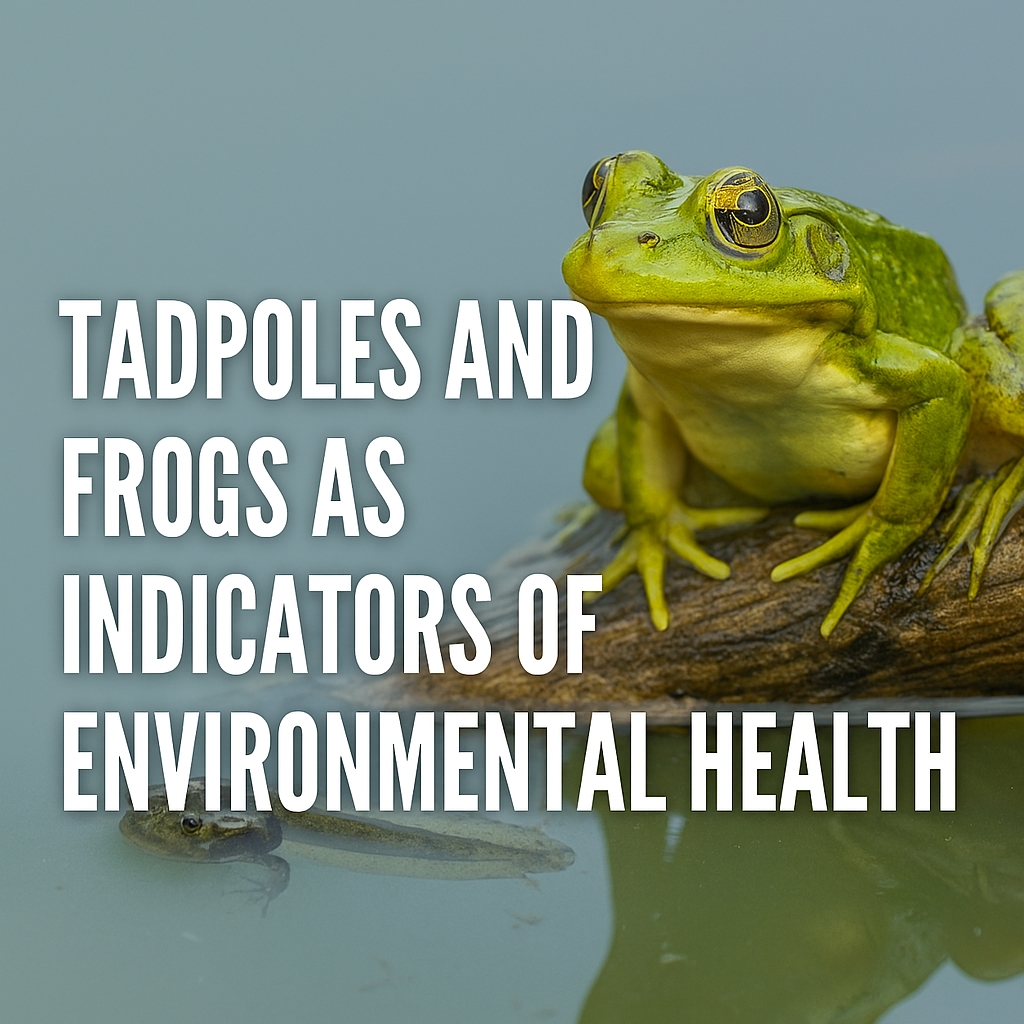

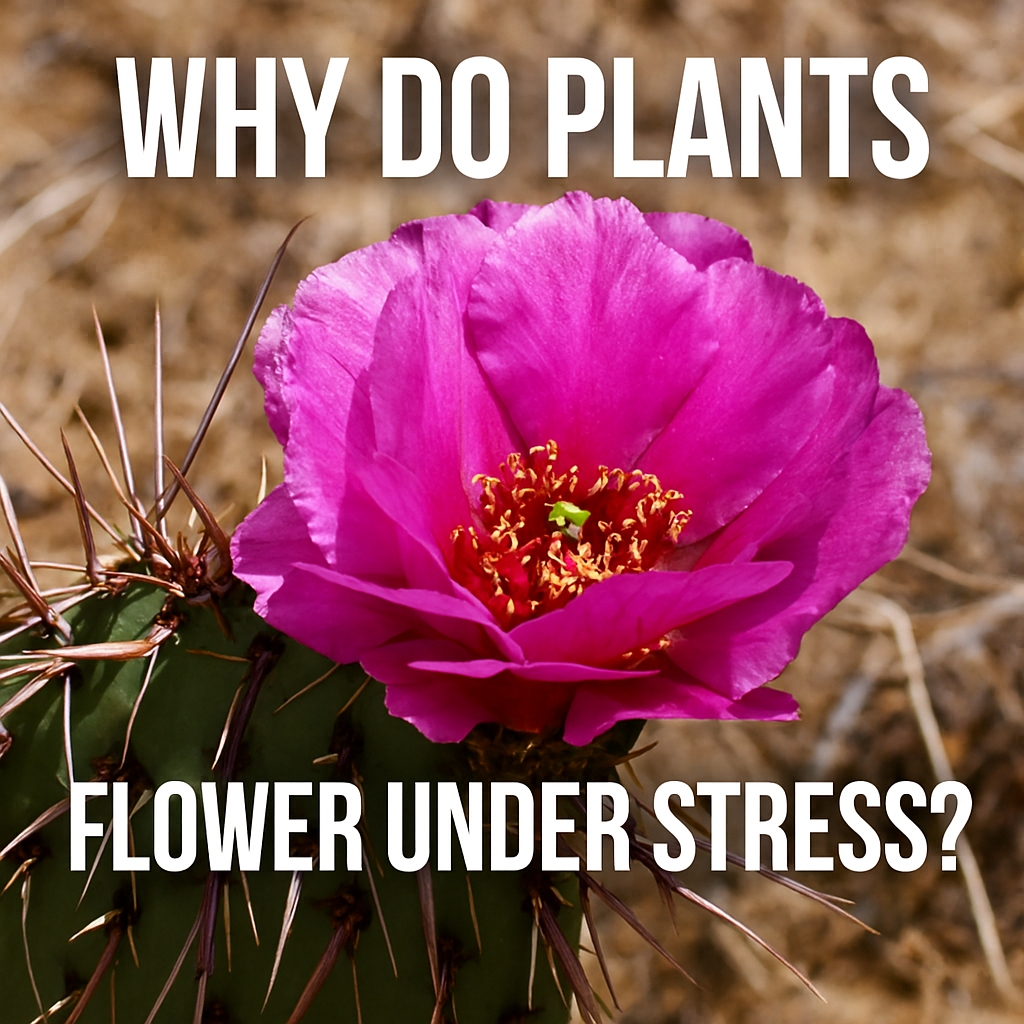


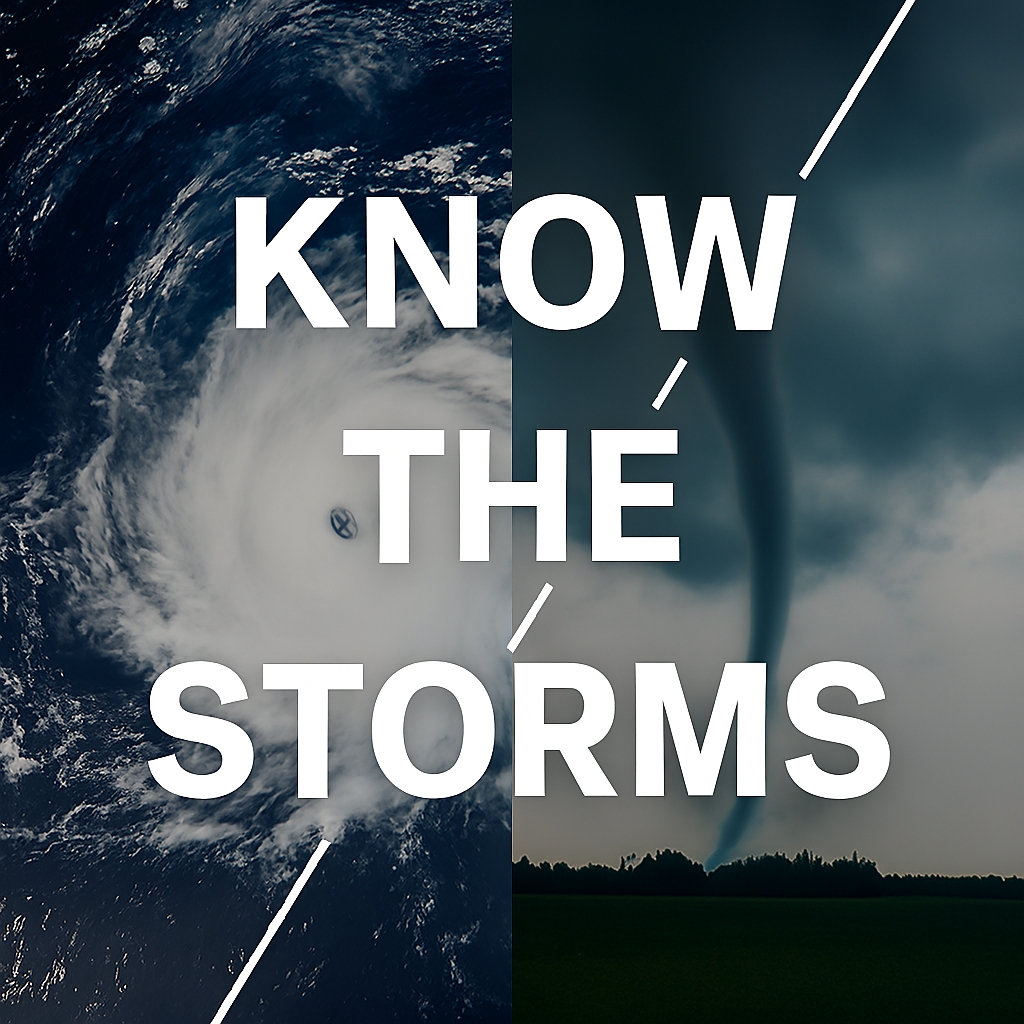



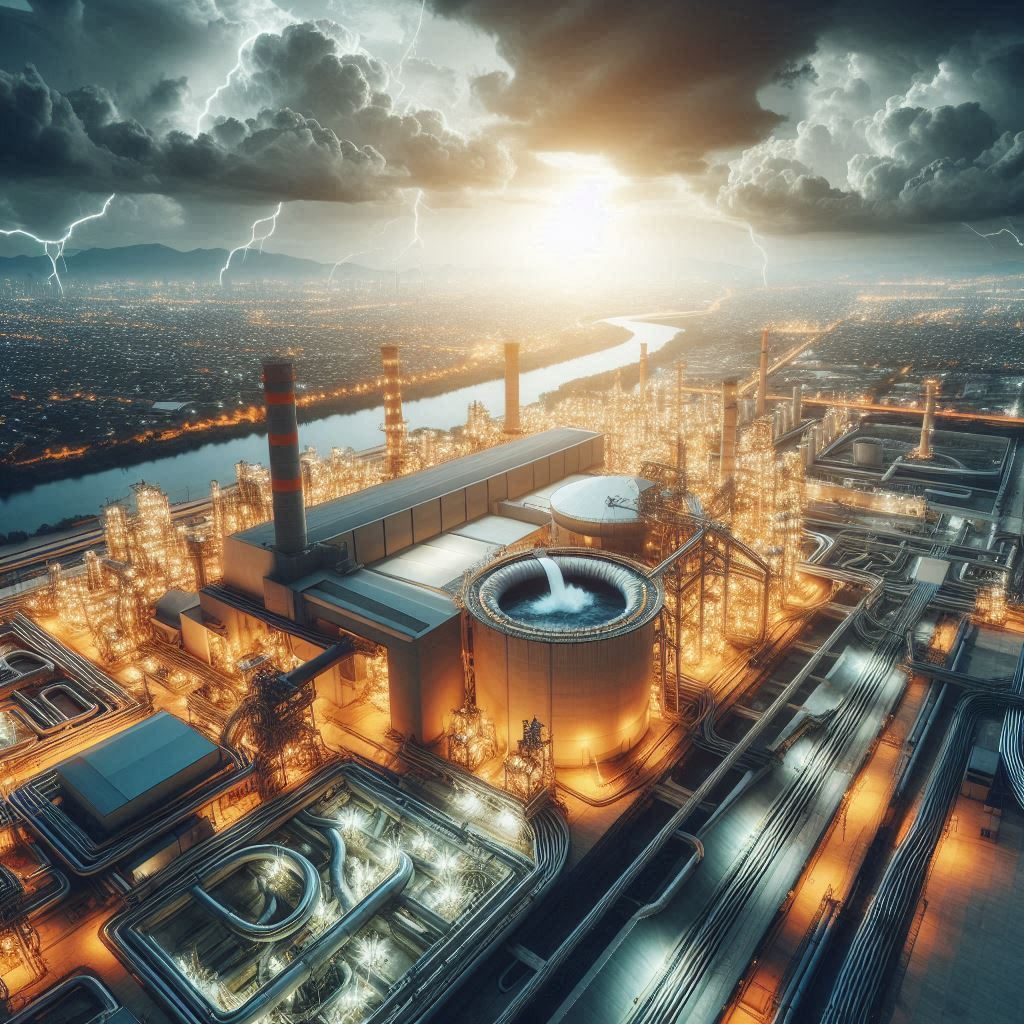
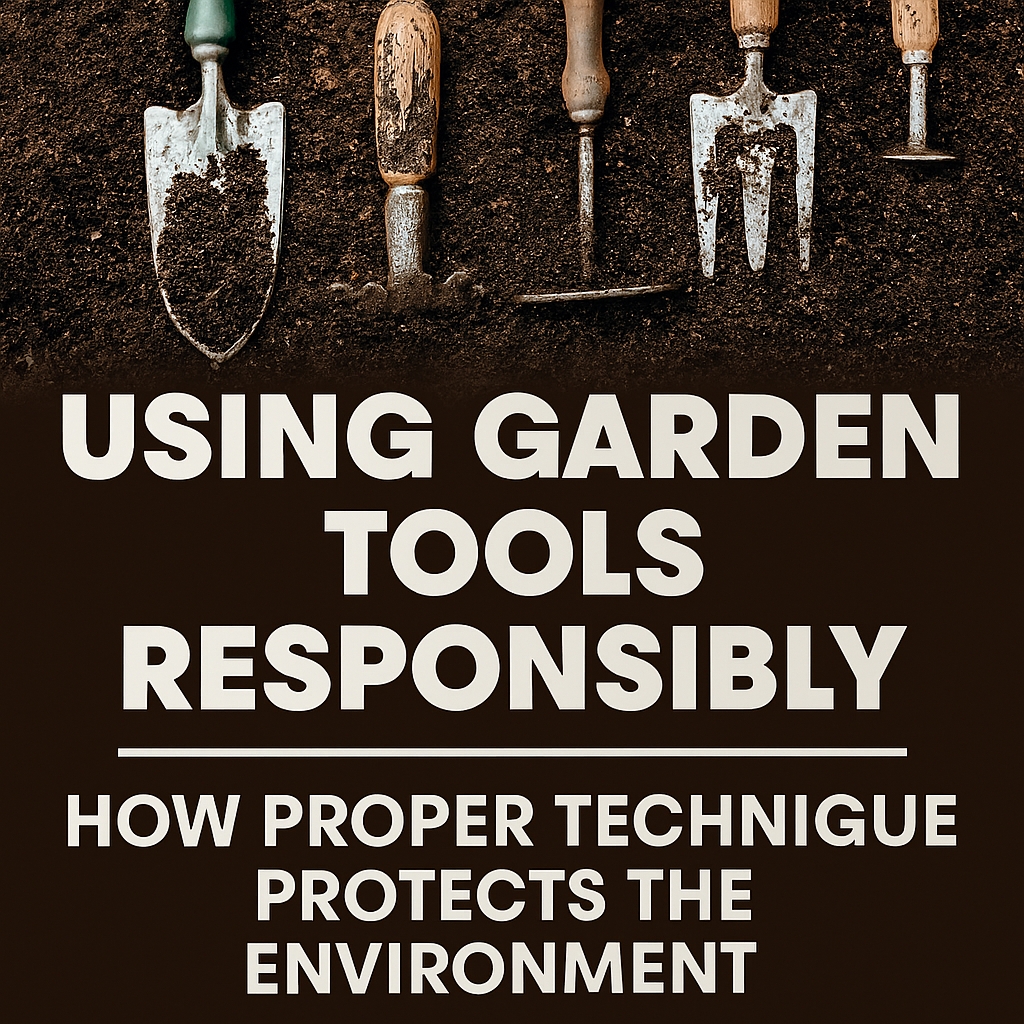
Easy Natural Fertilizers and Manures - Daphne's Corner
[…] Embracing natural fertilizers and manures in your garden is more than just a choice; it’s a commitment to sustainable, responsible, and rewarding gardening. By understanding and implementing these practices, you’re not only nurturing your plants but also contributing to a healthier ecosystem. […]